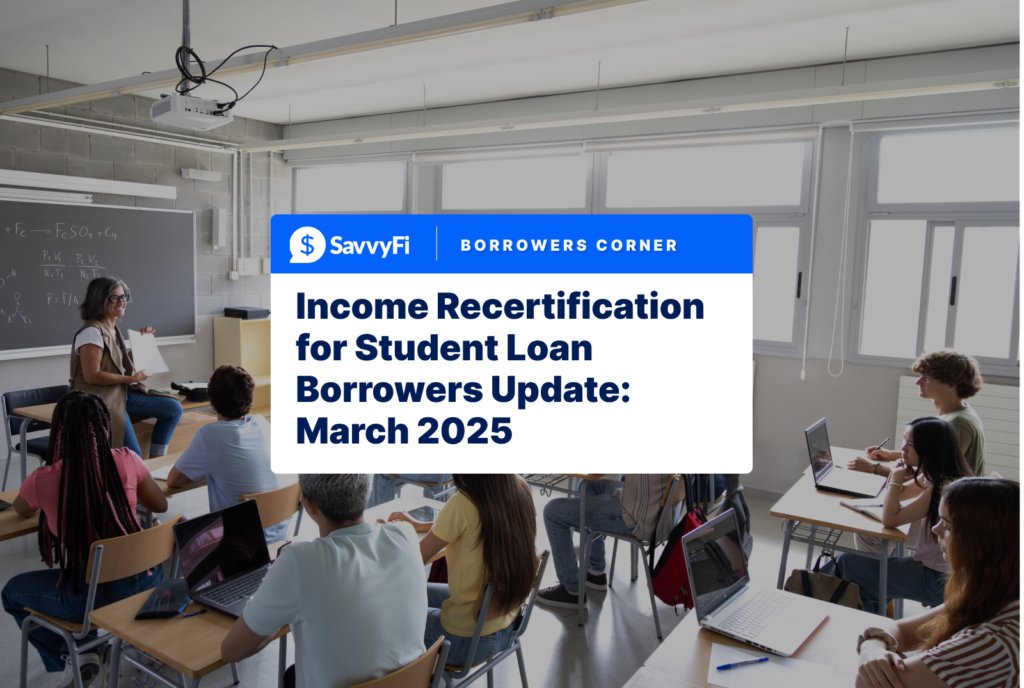One of the major friction points for parents when deciding to enroll in a 529 college savings plan is the potential consequences of not using the funds for qualified higher education expenses. Having a list of qualified 529 expenses can help you navigate yet another one of the unusually complicated parts of the 529 program.
We’ll walk you through what is a qualified expense, what isn’t, and what that means for your 529 plan withdrawals, so you can finally answer the question:
“What are qualified expenses for my 529 plan?”
529 Plan Qualified Expenses
The IRS defines “qualified expenses” in the following way:
Qualified expenses are amounts paid for tuition, fees and other related expenses for an eligible student that are required for enrollment or attendance at an eligible educational institution.
Another definition of “qualified higher education expenses” is generally anything that is covered under the cost of attendance as specified by the institution that your child is attending, although there are some cases where that definition is not exactly true.
Why should you care if your 529 plan withdrawals are used for qualified education expenses?
There are two separate components of your total 529 savings: contributions and earnings. Contributions are what you save out of your paycheck (so to speak) and go into your 529 account after being taxed. Earnings are the interest, dividends, and capital gains that can accrue from your contributions over time.
When you make a 529 plan withdrawal, the withdrawal will include both contributions and earnings. If your total 529 account savings is made up of 75% contributions and 25% earnings, each withdrawal will have the same proportion (e.g., $75 of contributions and $25 of earnings for every $100 withdrawn).
Each 529 withdrawal includes a portion of 529 contributions and a portion of 529 earnings
If you use the earnings portion of your 529 plan withdrawals on non-qualified education expenses, you will open yourself up to several negative consequences.
The earnings portion of your 529 withdrawals will be penalized by 10% and will increase your federal taxable income in the year withdrawn. In addition, for those that have used their 529 contributions for state tax deductions, you may be required to return some of those deductions.
529 earnings used on non-qualified education expenses are penalized by 10% and increase your taxable income
Now that we’ve got that cleared up, let’s get into the list of qualified 529 expenses.
Are Tuition And Fees Qualified? Yes
No surprise here – tuition is a pretty necessary component of going to college. The “fees” part of “tuition and fees” includes the ancillary expenses that students will need to pay above what general tuition covers. These can include items like “first-year experience fee,” “student activity fee,” “student transcript fee,” “engineering/science lab fees,” “athletic fees,” and so on.
It’s interesting to see all of the fees that are included as “required expenses” for some institutions, but that is a topic for another day.
Is Room and Board Qualified? Yes
Room and board includes your housing and meal expenses. Room and board covers both on-campus dining and housing, as well as off-campus. While some universities require certain students to live on campus, the 529 plan rules treat on-campus and off-campus facilities the same.
However, only expenses up to the estimated room and board costs specified in your institution’s cost of attendance will be considered a qualified education expense. Everything above the amount is no longer considered qualified.
Are Books and Supplies Qualified? Yes
Books and supplies cover, you guessed it, books and supplies. Supplies is a catch-all term but includes items like pencils, pens, highlighters, paper, notebooks, etc.
Students can lower the cost of books by renting or purchasing used titles; however, any savings below the institution-specified cost in this category generally cannot be used to supplement another category.
For example, if your student’s actual cost of room and board exceeds the estimated room and board specified in the institution’s cost of attendance, the student cannot use savings from not buying books to increase the amount of qualified room and board expenses.
K-12 tuition? Yes
The Tax Cuts and Jobs Act of 2017 expanded the use of 529 funds to cover tuition for public, private or religious schools.
Withdrawals for K-12 tuition expenses cannot exceed a combined total of $10,000 per beneficiary per calendar year from all 529 accounts held for the beneficiary.
Apprenticeships and trade schools? Yes
Qualified costs for registered apprenticeships include fees, books, supplies and equipment required for participation. To qualify, apprenticeship programs must be registered under Section 1 of the National Apprenticeship Act.
Technology Equipment? Yes…If You Play by the Rules
A recent addition to qualified 529 expenses list is “computer technology, related equipment, and/or related services such as internet access.” This is a nice addition because many families have to, or decide to, purchase computer equipment for their college-goers as they enter a program. Being able to include a cheap printer is also a huge help for students that are constantly printing homework assignments.
If the students are anything like me, there is usually an additional laptop purchase within two to three years due to a spilled beverage. Using your 529 funds on qualified technology purchases may come in handy multiple times throughout a college program.
You should be aware of some limitations to this recently added qualified expense. Electronics used primarily for entertainment or amusement are not included as qualified education expenses. No Bose headphones. No gaming consoles. No smartphones.
In most cases, however, tablets are considered a computer device more so than a smartphone and can qualify.
Can I Study Abroad With 529 Funds? Sometimes
If you are studying abroad through your academic institution, and the abroad institution is considered an “eligible institution,” then you can use your 529 funds for tuition, fees, room, board, and other qualified higher education expenses at the abroad institution.
Student loans? Yes
Payments on qualified education loans for the beneficiary or a sibling of the beneficiary are included as qualified withdrawals. However, withdrawals for loan repayments are limited to a total of $10,000 from all 529 accounts.
Qualified Insurance Expenses? No
Insurance is not deemed a necessary expense to attend a higher education institution. This includes renter’s insurance, auto insurance, and HEALTH INSURANCE!!
The last item is peculiar because some universities require their enrolled students to pay student health insurance within the “tuition and fees.” However, the 529 plan rules specifically state that medical expenses and student health fees are not qualified education expenses.
Are Sports and Club Activity Fees Qualified? No
Activity fees that are not required and are for extracurricular purposes are not included on the 529 qualified education expenses list. However, as you’ll note under the Tuition and Fees heading, some universities actually do require these fees.
In general, if the fee is required for admission, it is more likely to be accepted as a qualified higher education expense, although that is not always the case (as with health fees).
Are Entertainment Electronics Qualified? No
As stated previously, no headphones, no smartphones, no gaming consoles. No televisions, speaker systems, black lights, or lava lamps either!
The tablet is an interesting in-between item. Tablets are included as a qualified expense due to its similarity to a computer more-so than a smartphone.
Can I Use My 529 Funds For Transportation? No
If you can’t get to school, how can you go to school? Fair question, but the 529 plan rules do not include transportation as a qualified education expense.
Some institutions have public transportation included in their required fees, so you will probably be okay with those. However, you can’t use 529 funds on fuel for your Jeep (or to buy your Jeep)!
But, what if I want to buy the Jeep?
This is a tricky question. We’re getting into tax land here, which differs depending on the laws applicable to you and your region, so verify with your favorite CPA before relying on these statements.
529 contributions are after-tax contributions, which means that they will not be double-taxed. So, if you spend the contributions portion of your savings on the Jeep, you would not be exposed to increased taxable income or penalized withdrawals.
However, unlike a Roth IRA, you are not able to withdraw contributions first and then earnings. Your 529 plan withdrawals come out on a “pro-rata” basis for each withdrawal, so contributions will make up a portion of your 529 withdrawal, and earnings will make up the rest.
If your qualified expenses in a given year meet or exceed the earnings portion of your 529 withdrawals that year, you may be able to use the contributions portion of your withdrawals to get nicer housing or to pay for transportation without being subjected to penalties. However, for those that have received state tax deductions for their contributions, a portion of those deductions may need to be returned if your contributions are used for non-qualified expenses.
You may be able to apply the contributions portion of your 529 withdrawals to non-qualified expenses
Hopefully, you are now more familiar with the ins and outs of qualified education expenses. While we cannot possibly go into a comprehensive discussion of all 529 withdrawal scenarios, and your favorite tax expert should be consulted for your specific situation, this general discussion will hopefully help you feel more comfortable about starting your 529 college savings journey.
Are you an employer ready to offer an easy platform for your employees to create 529 accounts for themselves or their loved ones? Learn how 529 employer contributions can improve retention and recruiting or chat with us about how to get started without committing to contributions right away.
About SavvyFi: SavvyFi is a user-friendly fintech platform that makes it easy for employers to provide college savings and student loan benefits to their employees. Because the company’s platform is “zero-touch” to HR — without any complicated systems, integrations, or paperwork — SavvyFi unlocks education financing capabilities to even the smallest employers that would not otherwise be able to offer these benefits.
Disclosure: Third-party quotes shown may not be representative of the experience of all SavvyFi customers and do not represent a guarantee of future performance or success.





